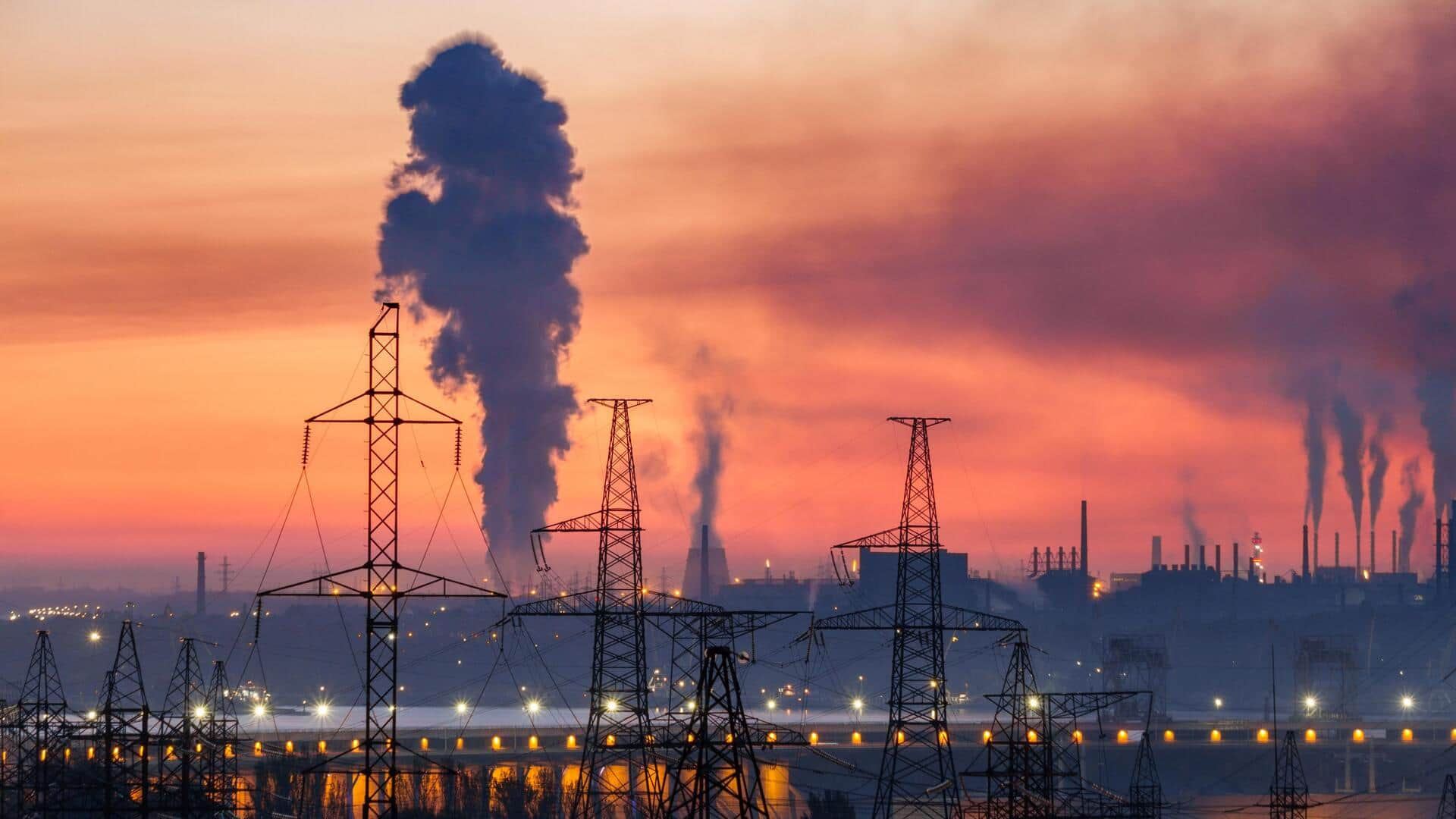
Emissions from AI chip plants soar fourfold in Asia
What's the story
According to Greenpeace East Asia, global emissions from electricity consumption for artificial intelligence (AI) chip manufacturing have increased dramatically.
The spike is mainly attributed to the heavy dependence on fossil fuels, in Asia's key production hubs.
Electricity consumption for AI chip production more than tripled last year, amounting to around 984 gigawatt hours (GWh), the report says.
Emission surge
Emissions linked to AI chip production have increased fourfold
According to the Greenpeace report, the increase in electricity consumption for AI chip production has led to a fourfold increase in carbon dioxide emissions. To be precise, these emissions have hit 453,600 metric tons.
Major production hubs like Taiwan, South Korea, and Japan are at a major climate and pollution risk as they continue to depend on fossil fuels for power generation.
Corporate responsibility
AI chip companies urged to consider climate impact
Katrin Wu, co-author of the Greenpeace report, urged firms to consider the climate impact of their supply chains.
Wu said, "While fabless hardware companies like NVIDIA and AMD are reaping billions from the AI boom, they are neglecting the climate impact of their supply chains in East Asia."
She further emphasized that "AI chipmaking is being leveraged to justify new fossil fuel capacity in Taiwan and South Korea—demand that could, and should be met by renewable energy sources."
Market trends
AI chip demand drives semiconductor market growth
The demand for AI chips has skyrocketed with the advent of ChatGPT and other AI services, giving rise to a boom in Chinese competitors.
These chips are tailored for high-demand tasks such as machine learning, providing much faster and efficient performance than conventional computer processing units.
According to market researcher IDC, the global semiconductor market could see a 15% growth this year due to strong demand for advanced chips capable of handling AI workloads.